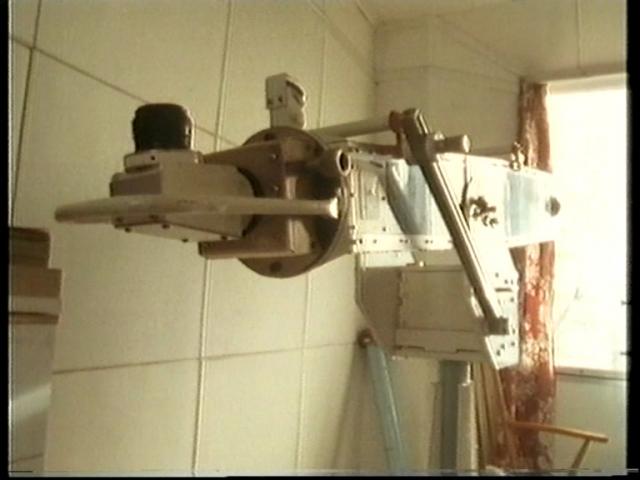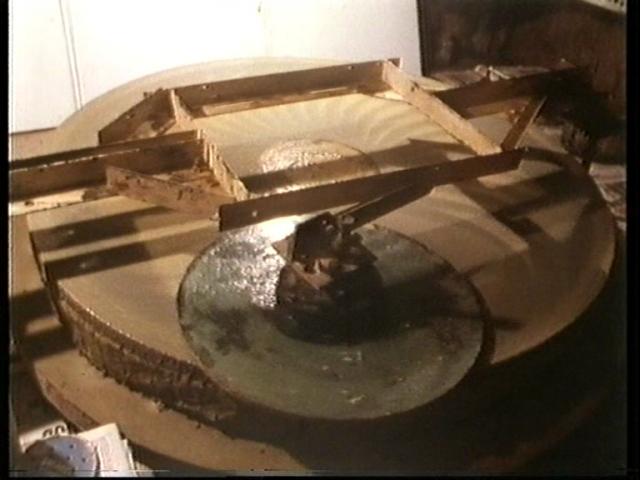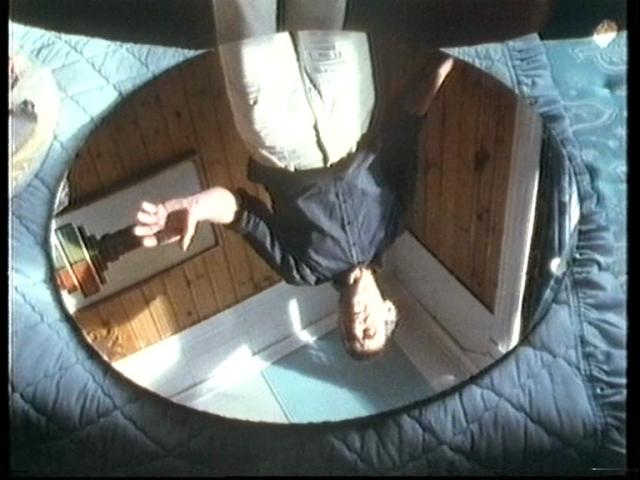Forum Replies Created
-
AuthorPosts
-
 Nick JamesParticipant
Nick JamesParticipantThose are really useful resources although it took me a while to realise that the “Event” heading in the table here was actually the date!
 Nick JamesParticipant
Nick JamesParticipantIt’s also worth calibrating the camera since, depending on the model, you may have a few fields of buffering depending on the sensor readout before the analogue video gets out of the camera. I’m sure that the UK asteroid occultation guys (Tim, Alex etc) will have a good handle on that.
20 February 2018 at 8:11 pm in reply to: MONO camera came today, WITH whole sky lens for imaging meteors etc #579151 Nick JamesParticipant
Nick JamesParticipantJeremy – You might want to consider posting items like this to your members page. That has the advantage that all of your postings are in one place. People can still comment if necessary.
 Nick JamesParticipant
Nick JamesParticipantHere are a few screengrabs from the infamous Channel 4 documentary “Earth Calling Basingstoke” featuring some of John’s telescopes and his mirror grinding machine. The whole documentary is on Youtube. It was not amateur astronomy’s finest hour.



 Nick JamesParticipant
Nick JamesParticipantThanks Andrew.
18 February 2018 at 11:25 pm in reply to: First Spectroscope finished… (well, mechanically). #579138 Nick JamesParticipant
Nick JamesParticipantVery impressive. 3D printing (or ALM as we should call it now) really is quite a mature technology. What printer are you using?
14 February 2018 at 11:09 pm in reply to: BAA DVD/Blu-ray record of the 2017 August 21 total solar eclipse #579125 Nick JamesParticipant
Nick JamesParticipantI suspect that would be a bit high-brow for most US commercial FM stations and one wouldn’t want to condone putting someone’s eyes out just because they didn’t cut their hair.
12 February 2018 at 7:49 pm in reply to: BAA DVD/Blu-ray record of the 2017 August 21 total solar eclipse #579113 Nick JamesParticipant
Nick JamesParticipantSteve – I remember driving back from the eclipse and they were playing “eclipse related” tracks in rotation on most of the Nebraska FM stations we could find. TEotH was one, You’re So Vain was another. Then the eclipse connection got really weak.
 Nick JamesParticipant
Nick JamesParticipantGrant – Nice. This Celestron astrograph seems to perform very well at f/2.2 although your H18 isn’t that much of a test for a thing that is supposed to have a 40mm diameter well corrected focal plane! Are you going to try it with a bigger sensor? I’d certainly be interested to see how it performs in real life with a full-frame (36x24mm) sensor.
 Nick JamesParticipant
Nick JamesParticipantAndrew – Nice observation. I guess this is way too faint to see any colour in the SN even with the 24-inch.
 Nick JamesParticipant
Nick JamesParticipantHere’s an image of it from a few minutes ago. The telescope wasn’t tracking very well and the SN is very close to the centre of the galaxy but you can see it.
 9 February 2018 at 9:31 pm in reply to: BAA DVD/Blu-ray record of the 2017 August 21 total solar eclipse #579101
9 February 2018 at 9:31 pm in reply to: BAA DVD/Blu-ray record of the 2017 August 21 total solar eclipse #579101 Nick JamesParticipant
Nick JamesParticipantGrant, indeed it was. Lots of very nice pictures and video on the disk.
 Nick JamesParticipant
Nick JamesParticipantThat’s a really good tribute to John.
 Nick JamesParticipant
Nick JamesParticipantThose were the days. We made a Wimshurst Machine at school a long time ago and used it for all sorts of interesting experiments. I wouldn’t want to fill in the risk assessment for one of those now. Just think of all of those volts.
 Nick JamesParticipant
Nick JamesParticipantSo they have. Here’s a link to the Times obit although it is behind a paywall so you’ll need to register or be a Times subscriber to read it.
 Nick JamesParticipant
Nick JamesParticipantThanks Martin. You can certainly see where all the Dexion went! I wonder what his neighbours in Dartford though of it all?
 Nick JamesParticipant
Nick JamesParticipantRoy. It may be the video compression but different decoders behave differently too. Could you give me a specific video and time offset where the effect is significant so that I can have a look. Nick.
 Nick JamesParticipant
Nick JamesParticipantYou don’t need the HD version of UFO capture for SD cameras. I’m using UFO Capture V2.24 under Windows 7/64-bit. The PC has three PCI Osprey 210 video capture cards and I run three instances of UFO capture for three cameras, 2 Watec 902H2s and 1 other B&W monitor camera. The PC is an old Dell Optiplex 780 with an Intel E8400 CPU running at 3GHz and 8 GB of memory. Each instance of UFO Capture uses around 150MB of memory so they are very lightweight. Each instance will use a different CPU core if it can and even with all three cards detecting the CPU load never goes above 30%
I certainly prefer having a PCI card for the video capture since I occasionally had dropped frames using a USB dongle. The Osprey 210 is a really nice card. They are a bit pricey but occasionally come up at a decent price on ebay. I’ve never had any problems since I started using it.
I don’t know the details of their licensing model but the problem is solved if you use a single PC.
 Nick JamesParticipant
Nick JamesParticipantJimmy, Thanks for pointing me at Baker’s work. I really should have known about him as a famous local writer. I’ve bought The Peregrine from Amazon and look forward to reading it.
 Nick JamesParticipant
Nick JamesParticipantYes, Denis does live in a fantastic location. I’ve visited many times and the scenery and skies are stunning. I was only teasing him, slightly, over the temperatures. I would have thought that it was too windy on Tarbatness for midges but I did suffer from them at the Falls of Shin the last time I was up although that was mainly my fault for wearing inappropriate clothing.
-
AuthorPosts
